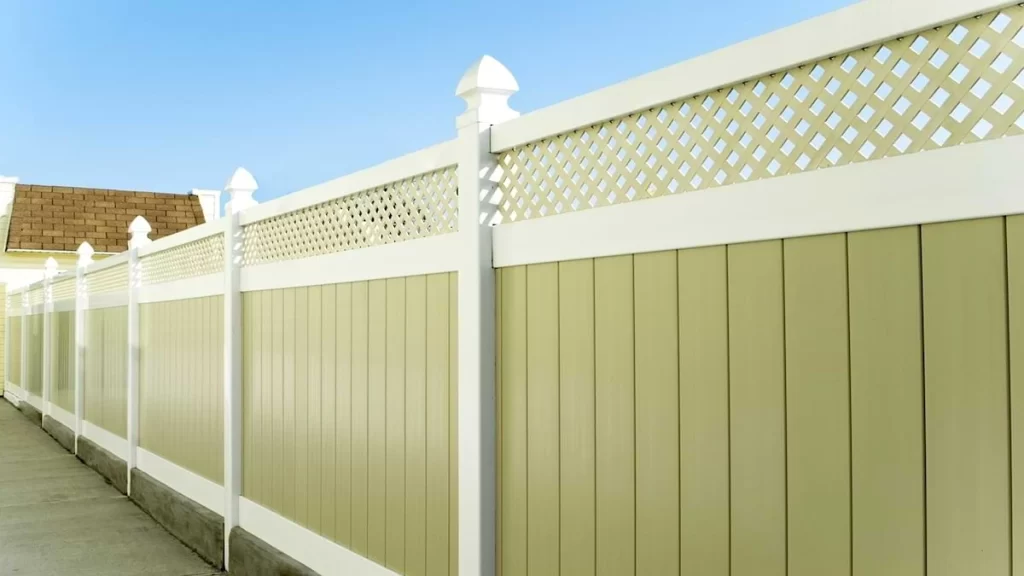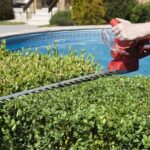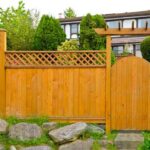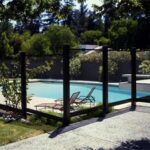Learn how to choose the right stain for your fence and achieve a long-lasting finish, from transparent to solid, and discover expert tips for application and maintenance.
Because a fence is an investment that adds both beauty and functionality to your property, protecting it is essential. That’s where a quality stain enters the picture.
This article guides you through choosing the right fence stain. We’ll discuss the different types of stains available, from transparent finishes that enhance the natural wood grain to solid stains that hide wood defects like knots and provide even color. You’ll also discover expert tips for applying stains and maintaining a beautiful, long-lasting finish.
The Right Look for Your Fence
As discussed below, stains are made up from various formulations that may be water-based, oil-based, or alkyd-based. But before we get into the weeds on how various types of stains cover and protect, let’s begin the discussion by deciding on the look that you want your fence to have. The appearance of a stain is most directly affected by its transparency level—whether it’s a transparent, semi-transparent, or solid (opaque) stain.
Transparent Stains
As the name suggests, these stains provide the least color, allowing the most natural wood grain, color, and other characteristics to show through. They look natural while still protecting the wood.
View this post on Instagram
This beautiful fence shared by @strylandpainting, is an example of how a transparent stain highlights the original wood without covering it. Transparent stains are easy to touch up because they don’t form a thick film.
Semi-Transparent
These stains provide a balance of color and natural beauty, offering more color than transparent stains while still allowing some of the wood grain to show through. Semi-transparent stains also offer greater durability and protection compared to transparent stains, making them a good choice for fences exposed to the elements. They do a good job of hiding minor imperfections in the wood, resulting in a more even and polished appearance.
This stylish fence, featured on Aven Gardening’s Pinterest board, showcases the beauty and benefits of a semi-transparent stain. The stain enhances the natural wood grain while adding a subtle hint of color that gives it a warm aesthetic.
Solid
These stains provide the most color coverage, essentially acting like paint. They completely hide the wood grain but still allow the texture to show through.
View this post on Instagram
This Instagram video by Peralta Painters (@peraltapainters) showcases the transformative power of a solid stain. The fence is coated in a rich dark brown hue, creating a bold and modern statement. In this case, the stain is being sprayed on and then brushed in for good adhesion.
Solid stains offer complete coverage, essentially acting as paint for your fence. They provide excellent protection against UV damage and moisture, ensuring a long-lasting finish. With a wide range of colors available, you can achieve a variety of looks, from vibrant and playful to sleek and sophisticated.
Types of Fence Stains
You have several options of fence stains to choose from, each with its own pros and cons:
Oil-Based Stains
These stains use natural oils, like linseed oil or tung oil, as their primary solvent. These oils penetrate deep into the wood, providing rich color and excellent protection.
Oil-based stains are typically very durable in various weather conditions, but they may require reapplication in harsh climates that have extreme temperature fluctuations or intense sunlight.
- Pros: Excellent penetration and adhesion on wood, durable, enhances wood grain, good moisture resistance, offers good UV protection.
- Cons: Strong odor, longer drying time, difficult to clean up (requires mineral spirits or turpentine), higher VOC content (may have environmental and health concerns).
Alkyd-Based Stains
These are a type of synthetic oil-based stain that use alkyd resins, which are synthetic polymers modified with oils. Compared to traditional oil-based stains, these resins offer improved durability and water resistance and lower VOCs. Alkyd-based stains typically offer excellent durability in various weather conditions, making them a good choice for harsh climates with extreme temperature fluctuations or intense sunlight.
- Pros: Excellent penetration and adhesion, very durable, enhances wood grain, excellent moisture resistance, offers good UV protection, typically lower VOC content than traditional oil-based stains.
- Cons: Can be more expensive than traditional oil-based stains.
Water-Based Stains
Water-based stains are very popular because they’re environmentally friendly and easier to apply and clean up than oil- or alkyd-based stains. They offer good color and protection.
- Pros: Low odor, fast drying time, easy cleanup with soap and water, and they have lower VOC content so they’re more environmentally friendly.
- Cons: May not penetrate as deeply or adhere as well as oil- and alkyd-based stains, and may require more frequent reapplication.
Water-based stains have improved in durability in recent years, but they may still be slightly less resistant to harsh weather conditions than oil-based stains. Some may require more frequent reapplication, especially in areas with heavy rain or snow.
Gel Stains
These stains, which can be formulated with either a water-based or oil/alkyd-based solvent, have a thicker consistency than traditional stains, making them easier to apply, especially on vertical surfaces where thinner stains tend to run or drip. They offer good color coverage and are less likely to sag.
- Pros: Easy to apply, good for vertical surfaces, less likely to drip, offer good color and protection.
- Cons: Can be more expensive than other stain types, may require more coats for even coverage.
Conclusion
Choosing the right stain for your fence involves considering several factors. The type of wood, the age and condition of your fence, and your local climate all play a role in determining the best stain for your needs. For example, a new fence might only need a transparent stain to enhance its natural beauty, while an older fence might benefit from a more durable solid stain to protect it from the elements.
It’s also important to consider environmental factors when choosing a stain. Look for water-based stains or those with low VOCs to minimize your impact on the environment. By carefully considering these factors and testing the stain in an inconspicuous area first, you can ensure a beautiful and long-lasting finish for your fence.



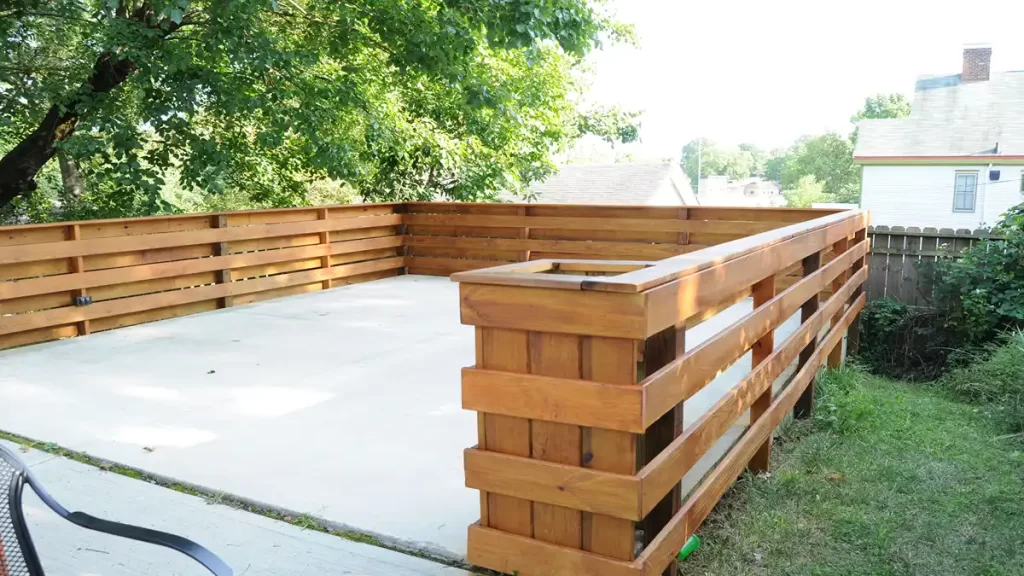




 Don Vandervort writes or edits every article at HomeTips. Don has:
Don Vandervort writes or edits every article at HomeTips. Don has:
